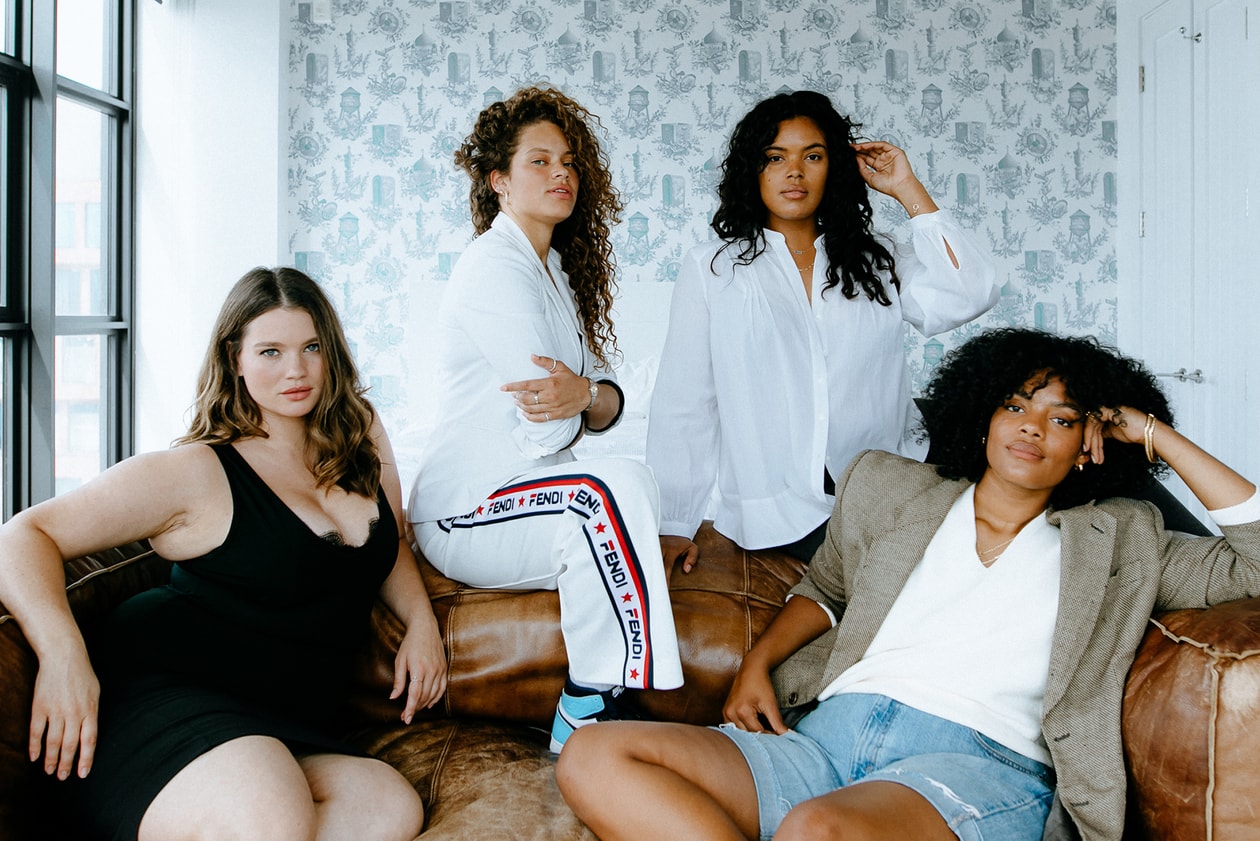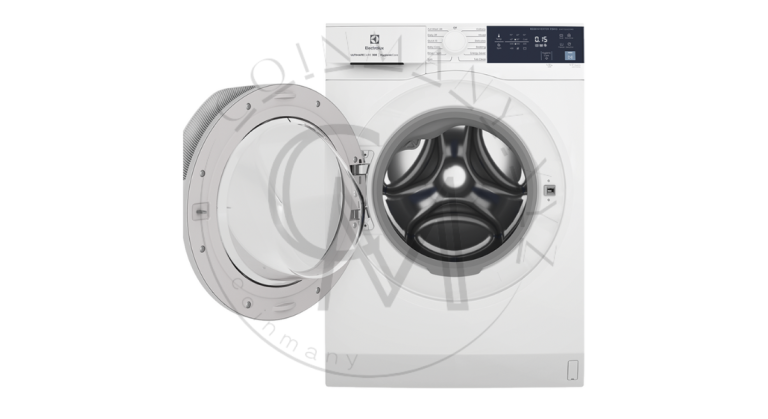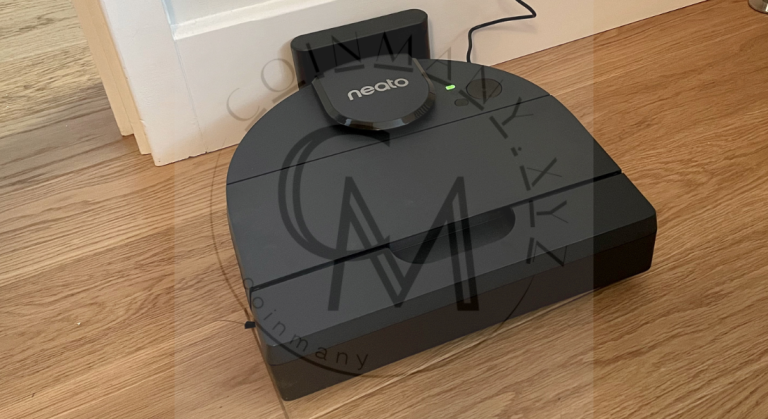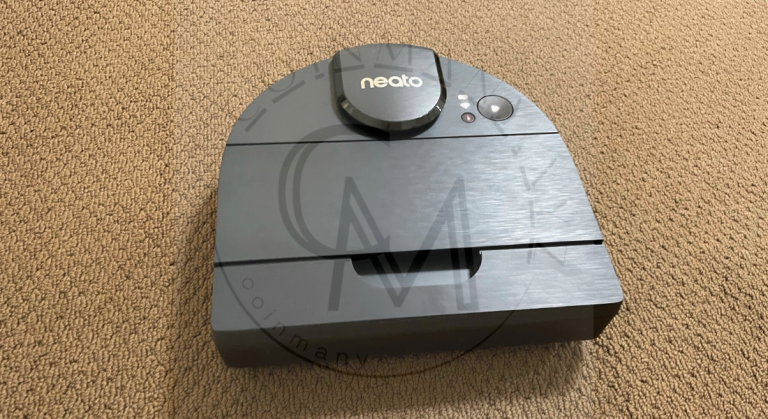
The Current State of Plus-Size Representation

In recent years, the presence of plus-size models on social media has significantly increased, fostering a more inclusive online community. However, the fashion industry still has a considerable distance to cover in terms of genuine inclusivity. Despite the visibility of plus-size models, the industry often falls short in terms of real representation and diversity. Issues such as limited size ranges, minimal body diversity during fashion weeks, and the continued use of standard small sample sizes highlight the ongoing challenges.
Joey Darlinn and the Curve Board Initiative

Joey Darlinn, a plus-size model and body-positive influencer, alongside photographer Michael Mayren, founder of Brother Models, aims to address these issues through the Curve Board initiative. “I always felt a responsibility to represent an accurate reflection of the society we live in,” says Mayren, emphasizing the importance of inclusivity in all aspects of identity. The Curve Board is a direct response to the industry’s shortcomings, striving to offer a platform that genuinely represents diverse body shapes, sizes, and identities.
The Illusion of Inclusivity

While there is an apparent increase in the representation of plus-size bodies in mainstream media, the quality of this visibility often falls short. “The plus-size modeling industry has created a blueprint of what a plus model is,” Darlinn notes. This blueprint often excludes varied body shapes and sizes, skin tones, and other features, perpetuating a narrow standard even within the supposed inclusivity of the plus-size sector. The industry’s fixation on an exaggerated hourglass figure further marginalizes those who do not fit this mold.
Navigating Industry Challenges
Plus-size models continue to face broader industry challenges, including tokenism, the lack of plus-size stylists, and the perpetuation of unrealistic beauty standards. “The industry still westernizes beauty within the plus division,” Darlinn explains. This marginalization impacts the mental well-being of models and the younger generation alike. Darlinn’s experience underscores the need for a more holistic and inclusive approach to beauty standards within the fashion industry.
Breaking Stereotypes and Pushing for Change
Darlinn, Mayren, and the models on the Curve Board are working to break these stereotypes and push for systemic change. They advocate for normalizing the representation of all body types and combating fatphobia. “We need a new normal,” Darlinn asserts, emphasizing the importance of showing diverse bodies in all their forms. This change starts with seeing larger bodies as equally valid and worthy of representation.
Misconceptions About Plus-Size Fashion
One of the biggest misconceptions about plus-size fashion is that certain clothing styles are not “flattering” for larger bodies. Plus-size women can and should wear whatever makes them feel good, just like anyone else. The policing of plus-size bodies and their clothing choices reflects broader societal biases that need to be addressed.
Misconceptions About Plus-Size Modeling
Another misconception is that plus-size models do not lead healthy lifestyles. This stereotype ignores the diversity of body types and the reality that health cannot be determined by size alone. Greater representation of varied plus-size bodies in the industry would help dispel these myths and promote a more realistic understanding of body diversity.
Desired Changes in the Industry
Darlinn and other advocates call for the normalization of larger bodies in all aspects of the fashion industry. This includes seeing plus-size models in major campaigns and editorials, without the accompanying narrative of bravery or rarity. Inclusivity should also extend to the presence of plus-size stylists and directors, ensuring representation at all levels.
Plus-Size Icons Leading the Way
Philomena Kwao and Emma Tamsin Hill are celebrated as plus-size icons who have made significant contributions to body positivity and inclusivity. Kwao’s advocacy for women’s rights and inclusivity, along with Hill’s promotion of self-love and body positivity on social media, serve as inspirations for many. Their work highlights the importance of representation and the impact it can have on individuals’ self-esteem and confidence.
Conclusion
The journey towards genuine inclusivity in the fashion industry is ongoing. Through initiatives like the Curve Board and the efforts of advocates like Joey Darlinn, progress is being made. The goal is to create a fashion landscape where all bodies are celebrated and represented, fostering a culture of self-love and acceptance for everyone.
123tv.cloud• Read More
Stussy• Read More
Vanity Fair• Read More



